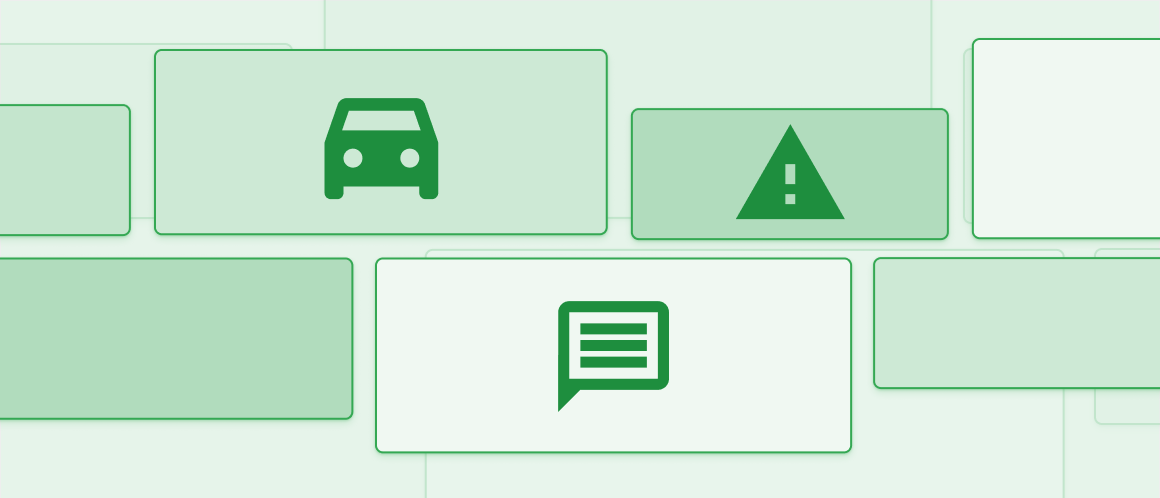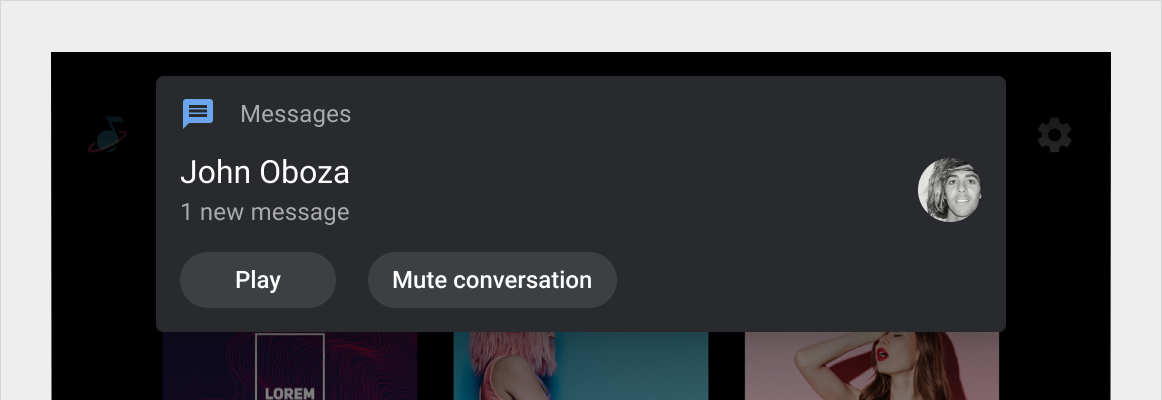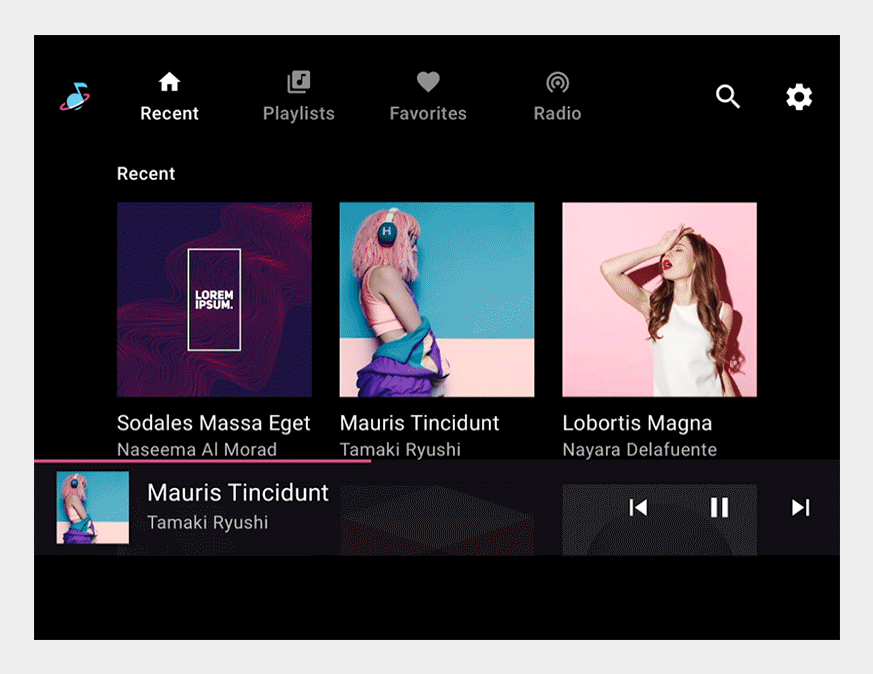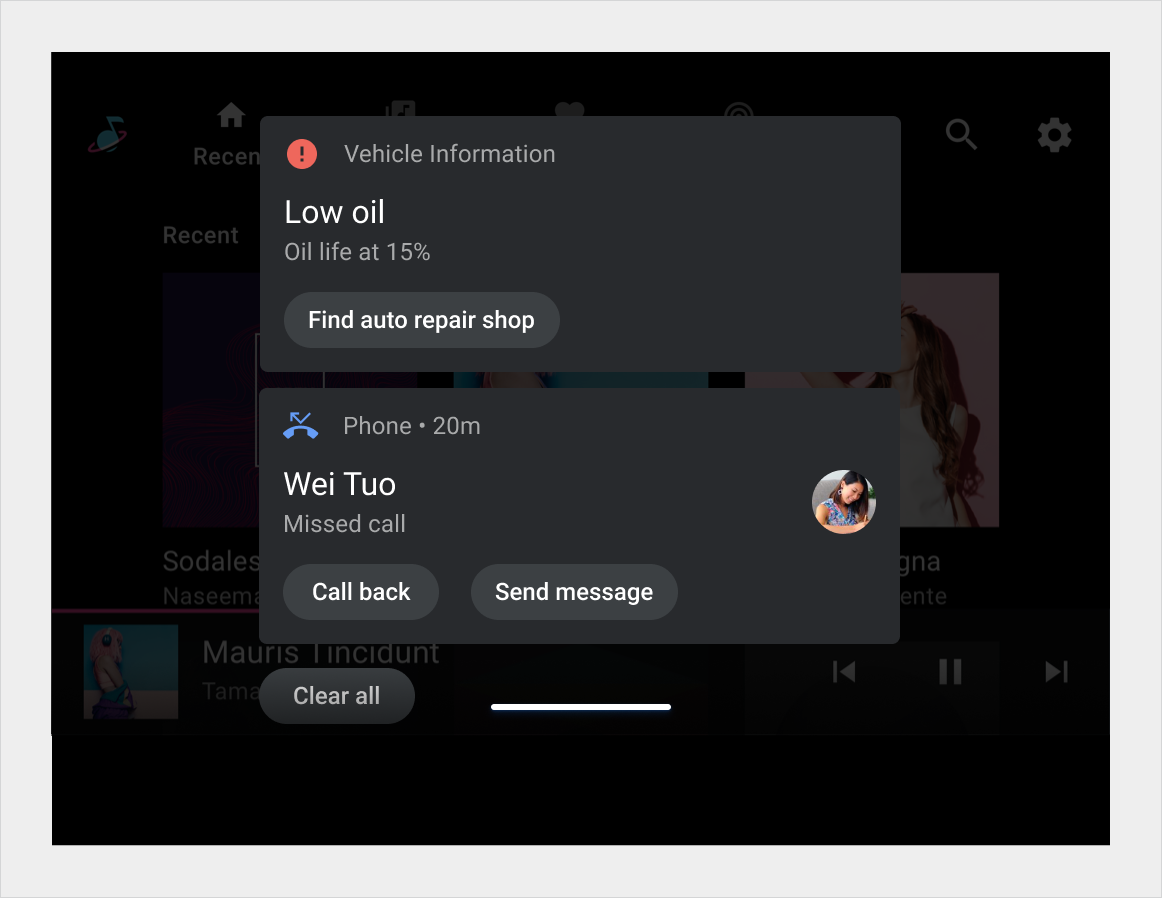AI-generated Key Takeaways
-
In-car notification systems must be designed differently to minimize distractions for drivers.
-
Notifications in cars have tighter limitations on frequency, content, and interactions compared to other devices.
-
Message notifications should include play and mute options to help drivers manage messages easily.
-
The Notification Center in cars is simplified and cleared at the start of each drive.
-
Awareness of the car's driving state is crucial for safely determining how much information to show in notifications.
The need to keep a driver’s attention on the road imposes some special requirements on notifications in cars, compared to other devices
Notifications in cars serve the same general purpose as notifications on other devices: communicating a small amount of timely, relevant information from the system or from an app. However, in-car notification systems must be designed differently to minimize distractions for drivers.
Fewer notifications
To minimize driver distraction, heads-up notifications (HUNs) in a car have tighter limitations compared to other devices.
HUNs in the car should be actionable and time-sensitive, with an importance level of HIGH or above, and they also must meet one or more of the following criteria:
- Safety-critical
- Driving-relevant
- Communications-related
Notifications that appear in the Notification Center are mostly the same as on other devices, with a few categories excluded because they are handled elsewhere or are of low importance. For details of how various categories are handled, visit How car notifications work.

Less content per notification
To allow drivers to glance quickly at notifications and return their eyes to the road, notifications in the car need to focus on only the most essential, easy-to-grasp information.
Our testing has shown that the information most important to drivers is what and who: What the notification is (message, call, navigation instructions, and so on), and who it is from. HUNs in the car emphasize these elements, along with a simple set of possible actions.

Simpler interactions
To minimize distraction, notifications in the car do not include complex contextual controls, such as a long press or controls that are based on the length of the user’s swiping action.
Also, most HUNs appear only briefly, for a default time of 8 seconds, before being automatically dismissed if the user doesn’t interact with them. In most such cases, users can deal with the notification later in the Notification Center.
For details about interactions with HUNs and in the Notification Center, visit How car notifications work.

Playable message notifications
To allow drivers to deal with messages easily while paying attention to the road, message notifications in cars should provide the following two capabilities on the notification card:
- Play: Reads the notification using either the Assistant or the default TTS (text-to-speech) reader provided by the platform
- Mute conversation: Stops showing HUNs for a specific conversation for the remainder of the drive
If a conversation is muted, the messages from that conversation will still be available in the Notification Center.

Simpler Notification Center
In cars, the Notification Center (sometimes implemented as a pull-down shade) operates as a temporary holding area for notifications a driver may want to access either during or at the end of the drive. It excludes some categories of notifications, limits the number of notifications shown during a drive, and is cleared at the beginning of each drive.
Details about what types of notifications appear in the Notification Center are provided in How car notifications work.

Awareness of the car's driving state
Knowing a car’s driving state – whether it is parked, idling, or moving – is a crucial factor in deciding how much information can safely be shown to drivers without distracting them.
Android Automotive OS includes a UX Restrictions Engine, which is a set of rules (configurable by car makers) about what can and cannot happen during particular driving states. The UX Restrictions Engine allows actions such as the following for notifications, based on driving state (and, optionally, speed ranges):
- Hiding content previews for messages
- Truncating of text beyond a specified length
- Limiting the number of list items shown in the Notification Center and elsewhere
These restrictions can be removed in driving states where they’re not needed, such as when the car is parked.

Special categories & controls for car makers
Car makers have the ability to suppress turn-by-turn navigation notifications from appearing as HUNs.
In addition, Android Automotive OS includes three new notification categories controlled by car makers:
- CATEGORY_CAR_EMERGENCY
- CATEGORY_CAR_WARNING
- CATEGORY_CAR_INFORMATION
The CAR_EMERGENCY and CAR_WARNING categories bypass typical ranking mechanisms, so they appear at the top of the list of notifications in the Notification Center.
